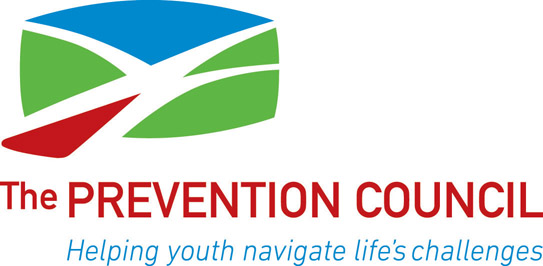June 14, 2012
By Chirstina James
Saratoga Today
SARATOGA COUNTY – The New York State Assembly passed new prescription drug legislation Monday, June 11, making New York one of the first states to utilize an all-electronic online registry for controlled substances.
A project spearheaded by the governor, attorney general and state legislative leaders, the Internet System for Tracking Over-Prescribing or (I-STOP) Act will implement a real-time, online database to track the distribution of prescription drugs, limiting the illicit use of prescription medication and providing authorities with more control over a traditionally tough-to-tackle issue.
“We have had prescription drug overdoses in the past,” said Assistant Chief Greg Veitch of the Saratoga Springs Police Department. “I can’t give you a specific number, but over the last 10 years it has become an increasing problem for the police.”
According to a Center for Disease Control report, the illicit use of controlled substances is one of the country’s fastest-growing drug problems, and, in 2010, one in 20 people over the age of 11 reported using prescription painkillers for a nonmedical reason. The new legislation hopes to address this.
“Everything about [I-STOP] is going to be a positive,” said Saratoga Hospital’s Directory of Pharmacy Maryanne Davis. “It will help control a very abuse-able class of drugs.”
The over-prescribing of medications is a primary cause of controlled substance abuse, and lawmakers are counting on the online system to help curtail it. The database will help garner physician accountability, tracking not only what drugs are going where- but who prescribed them.
“If there is a doctor out there that is prescribing medications improperly, this [could be] a tool that can identify that doctor,” said Veitch. “If there is an issue, it would be an additional tool for us to use in investigating prescription drug abuse.”
The legislation also mandates the electronic prescribing, or e-prescribing, of controlled substances, which will help to eliminate the forgery or theft of prescription paper and provide pharmacists with the most accurate information possible.
“With e-prescription, the doctor just sends it to the pharmacy it needs to go to,” said Davis. “There’s no opportunity for patients to alter prescriptions. [Saratoga Hospital] is ahead of the curve; we will have no problem implementing this.”
I-STOP will include proactive preventative measures like the development of programs and services to help people safely dispose of unused controlled substances. Working with local police agencies, the Department of Health will cut back the estimated 70 percent of abused medications obtained by users from friends or family members.
“There is a lot of accessibility,” said Saratoga Partnership for Prevention Coordinator Maureen Cary, from the county’s Prevention Council. “It’s right there in people’s medicine cabinets.”
While Saratoga Springs doesn’t have staggering prescription drug-use statistics, Cary says that use within the school system has been on the rise.
“We do a survey every other year with kids from grades six through 12 in the Saratoga Springs School District,” said Cary. “We don’t have huge rates (under 10 percent), but we are concerned that they have crept up over the years. We will be surveying again this fall and it will be interesting to see where that number goes.”
With any luck, greater access to drop-off sites and increased prescription monitoring will keep some prescription medications normally abused off the street.
“Prescription drug abuse is a big concern because it’s harder to detect,” said Cary. “You can’t necessarily tell [that someone is using] until they have an issue.”
